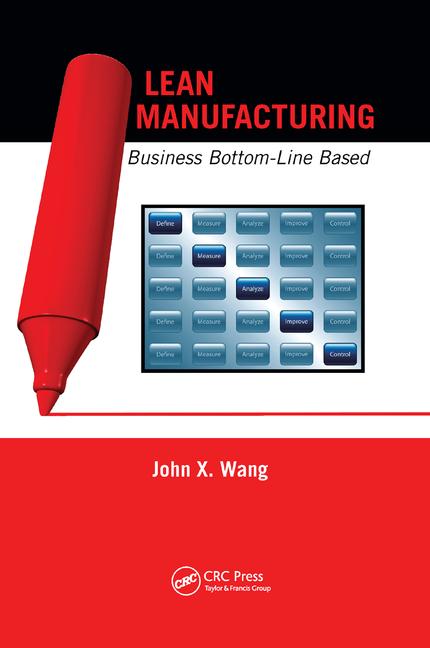Rather than bring the part to the tool, engineers at Boeing's Phantom Works advanced manufacturing research and development group (St. Louis) have developed a tool that goes to the part. The Flex-Track drill is a numerically controlled system that is attached directly to a large part and drills multiple holes in preprogrammed patterns. It is designed for use on large assemblies, such as airplane wings or fuselage sections.
The Flex-Track weighs 75 pounds, so operators can quickly move it anywhere on the plant floor. Steel tracks that snap together and are equipped with suction cups are attached to the part to be drilled. The width and thickness of the tracks vary to conform to the demand of the job and the contour of the part surface. Precise location of the track is not necessary, because the machine gets its bearings from reference holes on the part and aligns itself.
Once the carriage and drill spindle are in place on the tracks, the machine is able to quickly make holes in various sizes, patterns and depths. The drill has the component's digital design parameters and related work instructions loaded in memory.
The Flex-Track is currently automating two applications that previously were completely manual: Longitudinal splicing, such as joining top and bottom airplane fuselage sections, and ring splicing, such as joining center and aft sections.
Boeing has licensed the Flex-Track rights to Electroimpact Inc. (Mukilteo, WA), which is building nine machines for assembling the F/A-22 fighter. The machines may eventually be used to assemble other Boeing aircraft, such as the new 7E7 commercial airliner.






